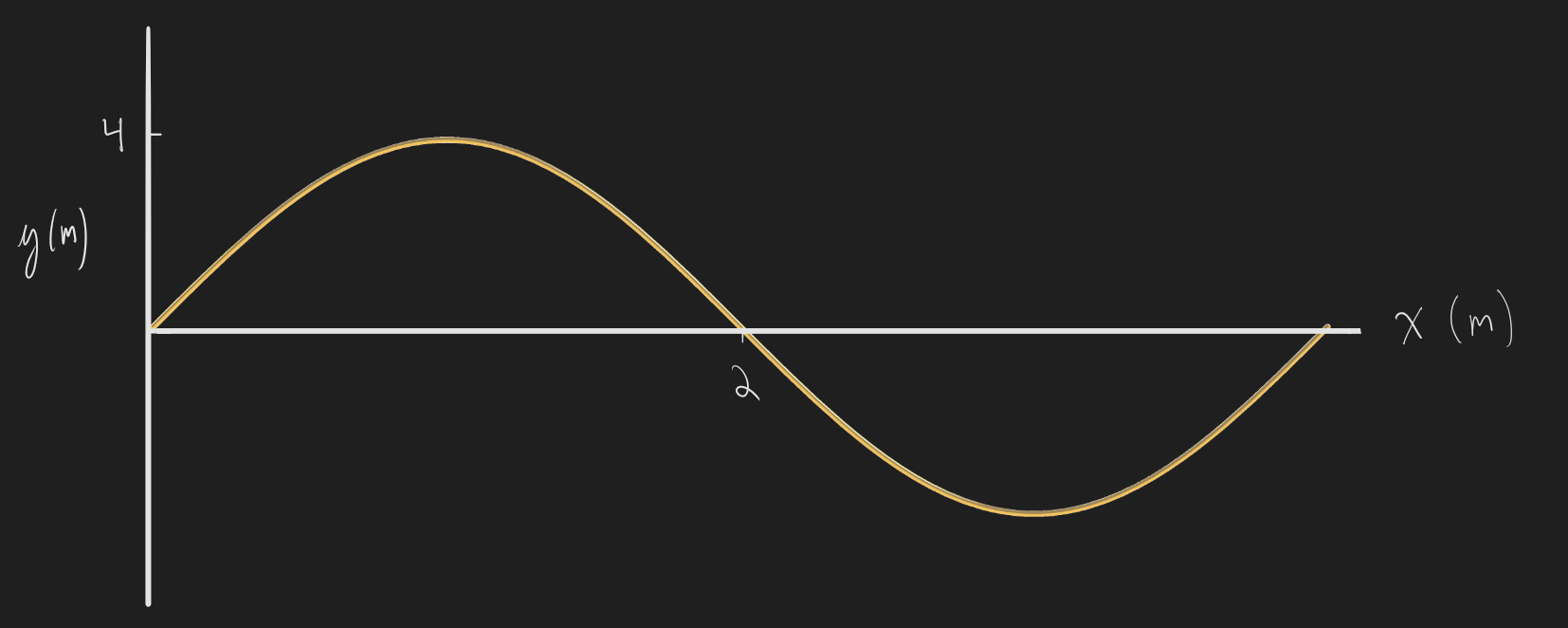
Unit 13: Travelling Waves & Sound
Practice Problems

Note: problem difficulty is ranked using a star system.
(*) One-star problems are fundamental to the unit, and can be done relatively quickly. Use these problems to introduce yourself to the material.
(**) Two-star problems are more difficult, and require an understanding of one or two key concepts. Use these problems to test your understanding of the material.
(***) Three-star problems are the most difficult, and require some creative thinking in addition to a deep familiarity with multiple key concepts. Use these problems to challenge yourself; if you can complete one of these, you’re on your way to mastering the material.
*Q13.1) A sound wave is travelling through air with a wavelength of 29cm. What’s the frequency of the wave?
*Q13.2) Describe (or sketch) the difference between a transverse and a longitudinal wave. Which type is a sound wave?
**Q13.3) A travelling wave is described by the function y = 6 sin( 2πt - 4πx ) with SI units.
a) Find the amplitude, period, frequency, wavelength, and speed of the wave.
b) Is the wave travelling in the positive or negative x-direction?
**Q13.4) Sketch snapshots of the wave from Q13.3 at the following points in time:
a) t = 0
b) t = 0.25
c) t = 0.5
**Q13.5) Sketch snapshots of the wave from Q13.3 at the following points in space:
a) x = 0
b) x = 0.125
c) x = 0.25
*Q13.6) If the wave from Q13.3 were to reflect off a wall, what equation would describe the reflected wave?
**Q13.7) The following is a snapshot of a sound wave in air, travelling in the +x-direction. What’s the equation that describes it?

